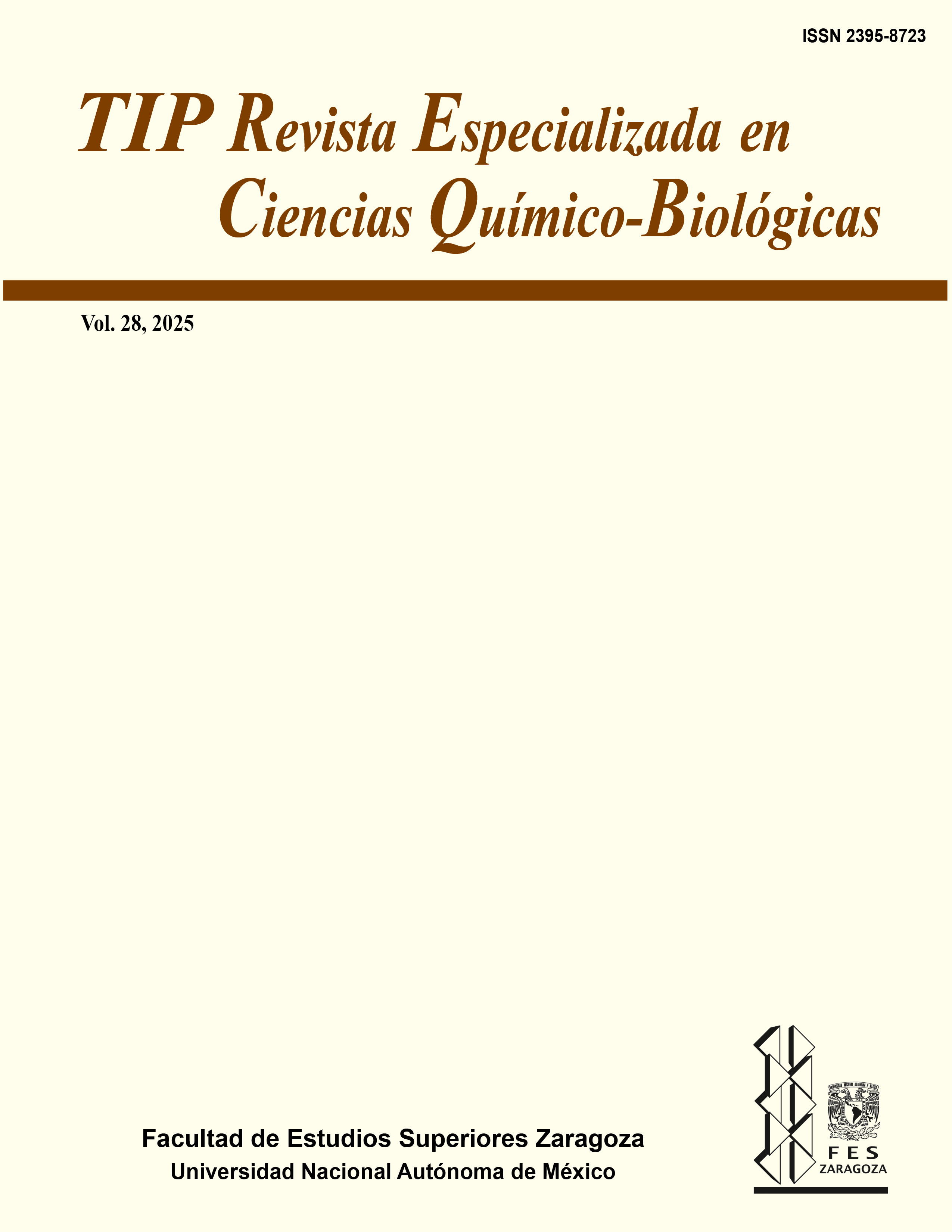Abstract
The nance (Byrsonima crassifolia) is renowned for its diverse applications in food, medicine, and pharmaceuticals. However, due to limited industrialization and distribution, around 60% of total production is lost. This study aims to utilize nance fruit as a valuable source of aqueous extracts for controlling Colletotrichum asianum. The research involves quantifying and identifying phenolic compounds (PC) in the extracts and conducting in vitro tests to evaluate mycelial growth, sporulation, and germination. Key PC identified in the extracts include gallic acid, catechin, and gallocatechin. Four treatments with varying aqueous extract concentrations (0%, 1%, 0.5%, and 0.1%) were used. The most notable mycelial growth inhibition occurred at 0.1%, with a 34.7% ± 1.60. In the sporulation test, the 1% concentration showed the lowest spore count at 2.5×105. The 1% concentration also exhibited the highest germination inhibition 89%. The assessment of antifungal potential in bioactive compounds from nance (Byrsonima crassifolia) exhibited significant in vitro antifungal efficacy against Colletotrichum asianum, a critical pathogen in mango cultivation causing anthracnose. Nance aqueous extracts show promise as an eco-friendly alternative for anthracnose treatment in mango cultivation.
TIP Magazine Specialized in Chemical-Biological Sciences, distributed under Creative Commons License: Attribution + Noncommercial + NoDerivatives 4.0 International.



